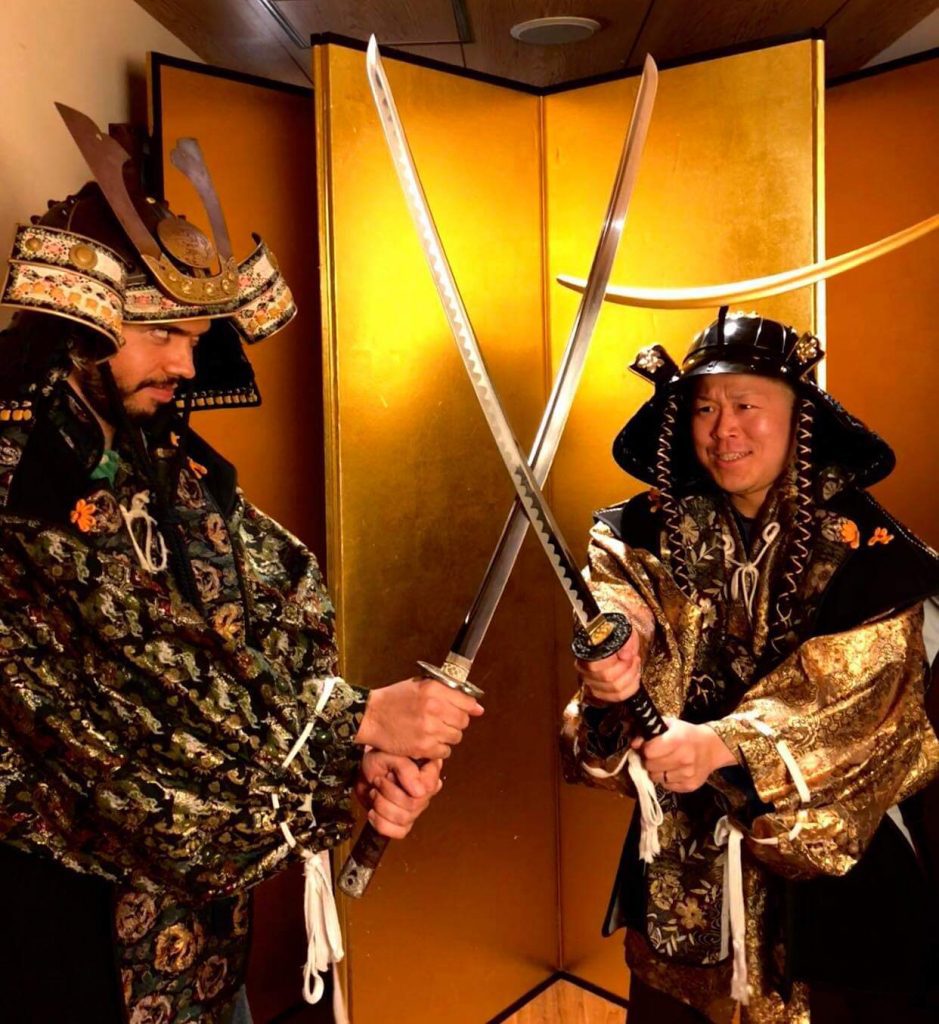Samurai Museum in Shinjuku: A Taste of Japanese History
While traveling, there are many ways to enjoy one’s time to get the most out of an experience. Of course, there are famous landmarks to visit, food to try, events to attend, all of these are very good and add to the experience. Learning a bit about the history of a place, I feel, is another great way to enhance one’s appreciation of a culture, as well as receive more enjoyment of the time spent in the place you are traveling. In regards to Japan, one large aspect of the culture is none other than the samurai.
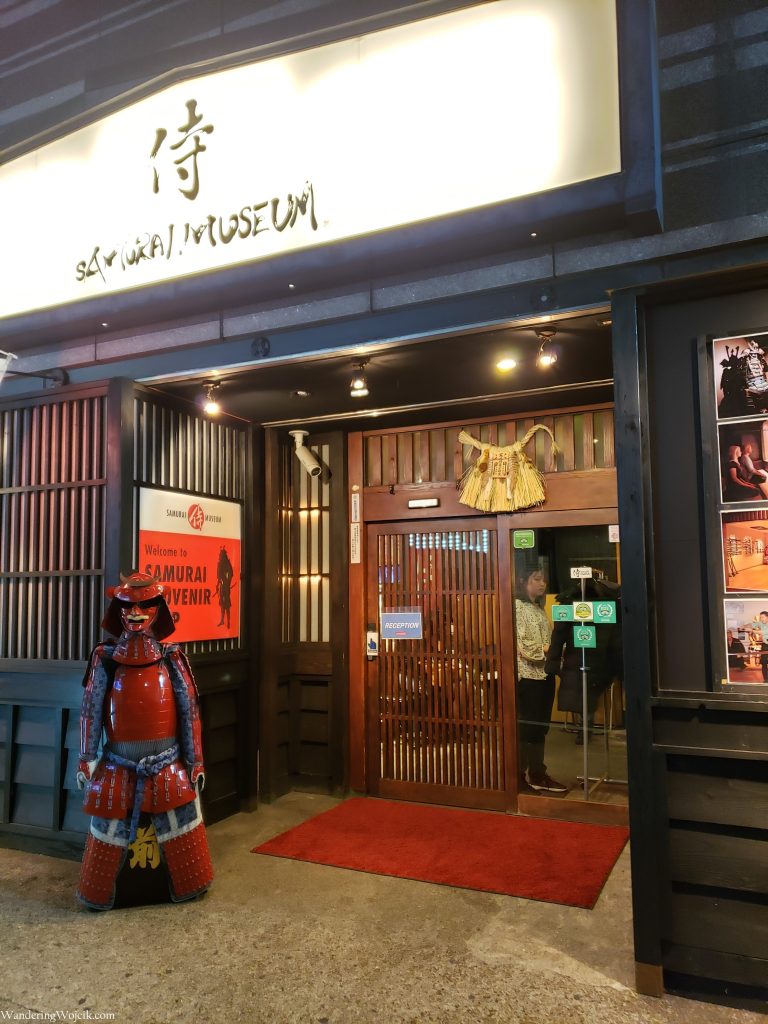
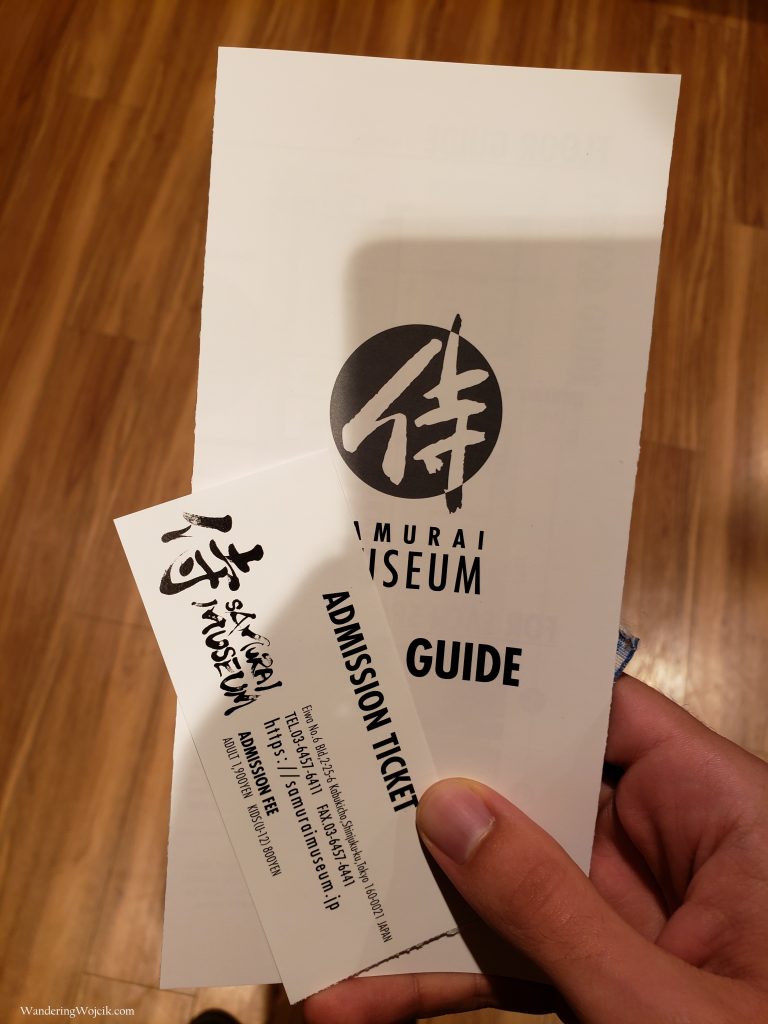 Though I had always had an interest in these warriors, I knew very little about them. While spending time with a friend and searching for things to do in Shinjuku, we realized there was a Samurai Museum nearby. Catching our interest, we followed Google until we arrived in front of a old style wood frame building, with an armored samurai out front to welcome us inside. We proceeded through the doors and found we were just in time for the last English guided tour of the night. We paid for our tickets, and prepared to take a trip through Japanese history.
Though I had always had an interest in these warriors, I knew very little about them. While spending time with a friend and searching for things to do in Shinjuku, we realized there was a Samurai Museum nearby. Catching our interest, we followed Google until we arrived in front of a old style wood frame building, with an armored samurai out front to welcome us inside. We proceeded through the doors and found we were just in time for the last English guided tour of the night. We paid for our tickets, and prepared to take a trip through Japanese history.
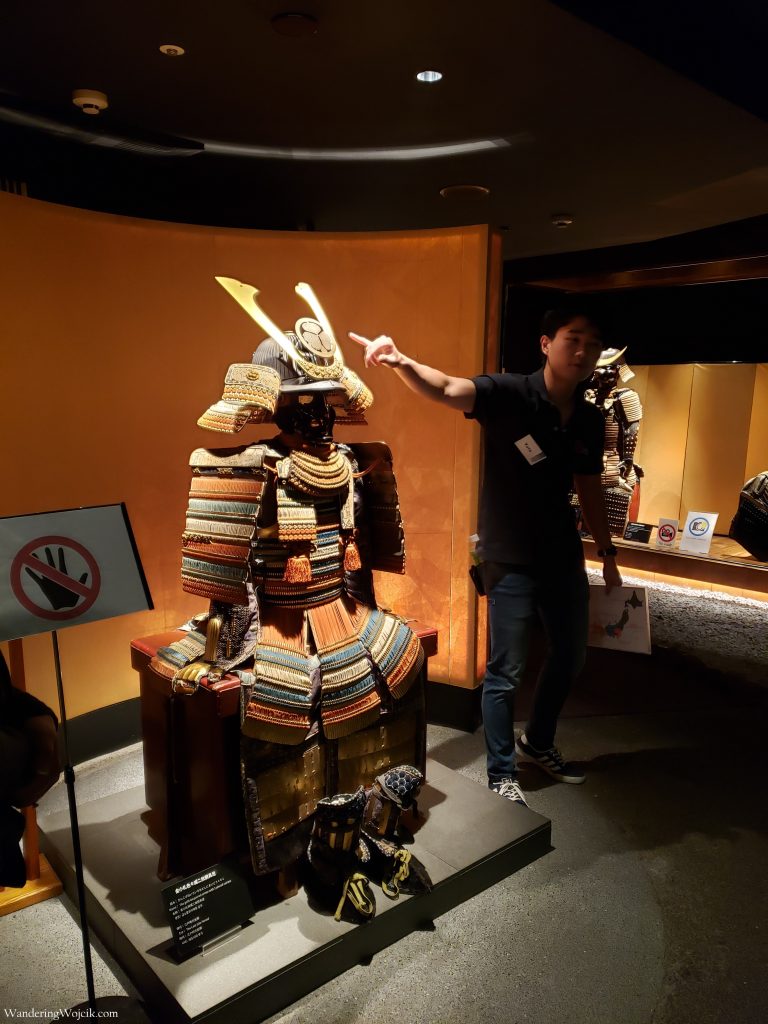
The person giving us the tour spoke English very well, and from the beginning it was apparent that his knowledge of samurai history was quite vast. He kindly walked the group through every piece of armor, explaining the finer details, from what the crest on the helmets represented, to how the size of the shoulder pads showed the rank a particular samurai was. It was fascinating to hear the purpose for the different parts of a samurai’s armor.
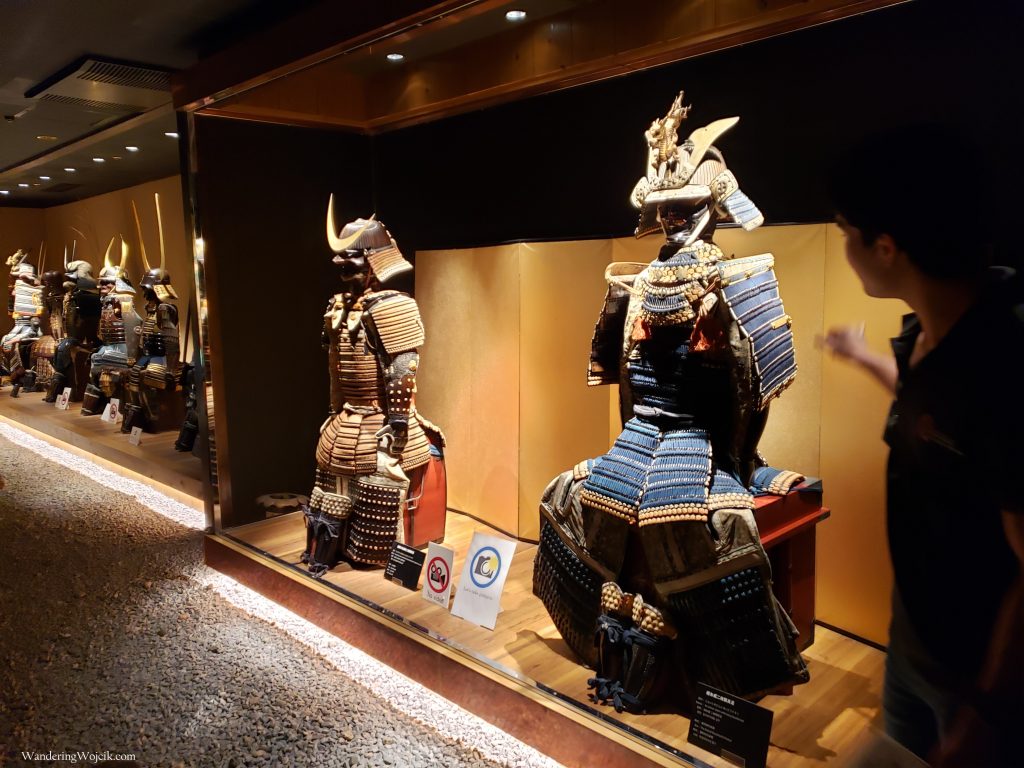
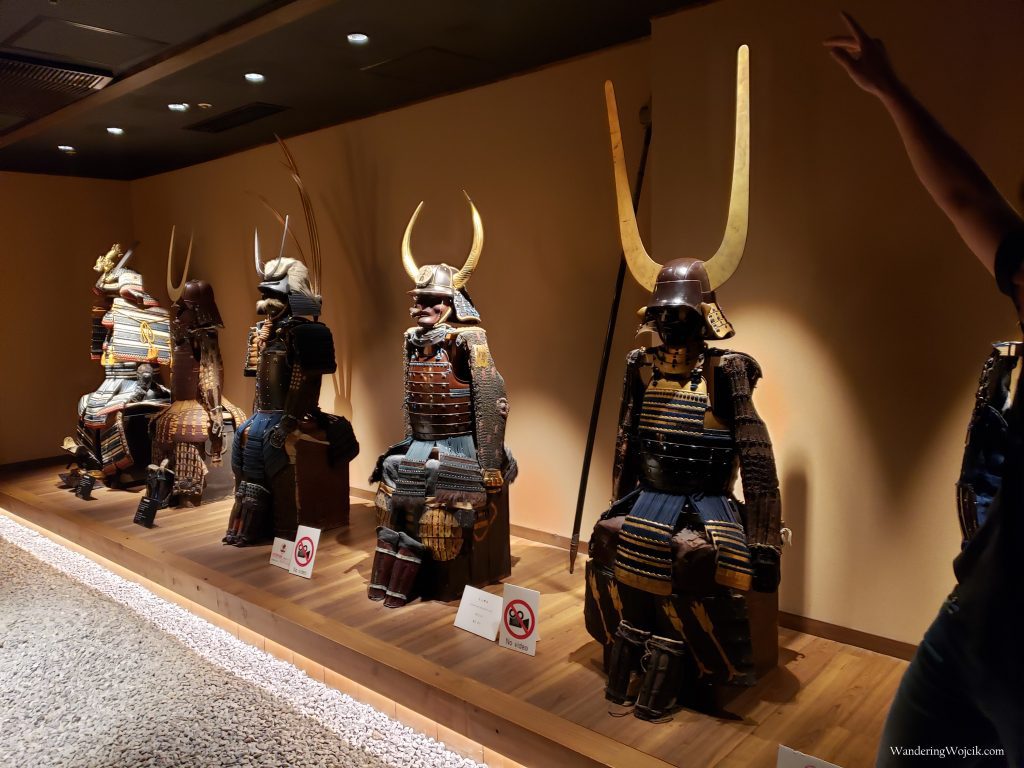
After the armor room, our guide walked us through various rooms with different samurai weapons (all authentic). Along with the weapons, he told us about the history of samurai battle tactics, and how other nations were influential in the way the Japanese did war. For example, before the Mongolians came to Japan, Samurai would fight one on one; they would introduce each other, and then battle it out until there was a winner. The Mongolians, however, would battle in groups, and often killed the samurai as they were in the middle of introducing themselves. The samurai eventually learned that fighting in groups was probably a better tactic, and cutting the pleasantries of introductions became a necessity.
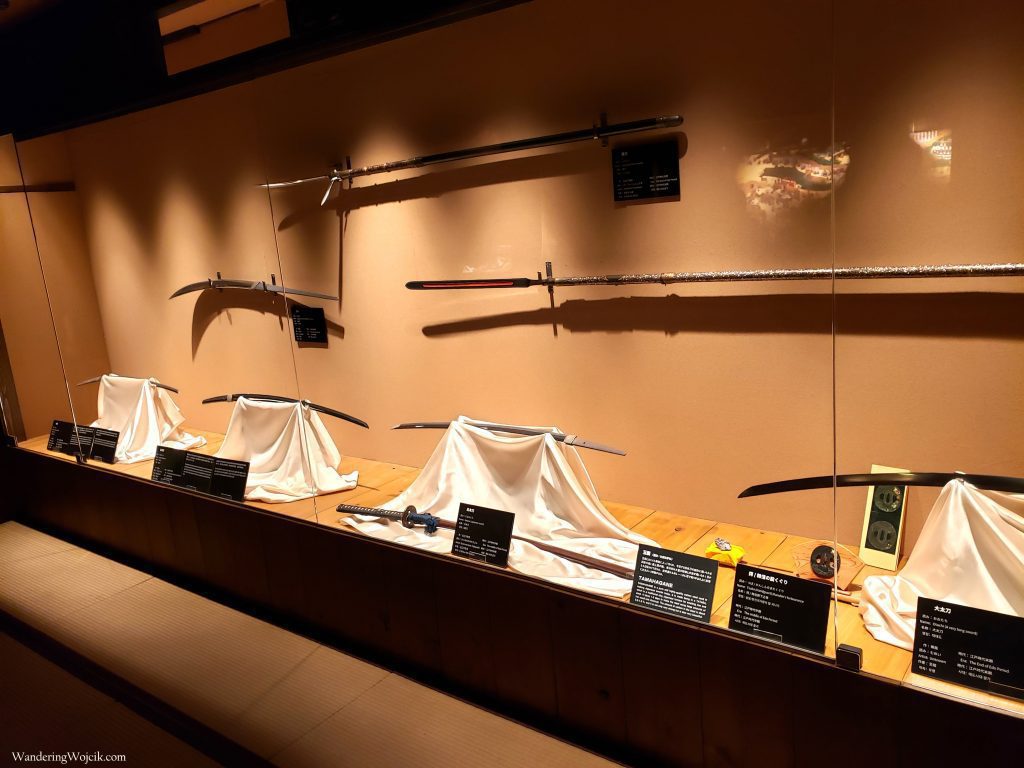
Walking us through each weapon, We were shown that each had it’s own specific purpose, and some were used by certain types of people more than others. For example, the naginata (a combination of a sword and a spear), was heavier on the blade end than the handle end, so it was often used by women to protect their home from invaders, since it did not require much strength to cause a good amount of damage.
We were also told about the ritual suicide (seppuku), witch was performed by samurai in cases of defeat or potential capture, in order to defend their honor. Higher ranking samurai would often start first, cutting open their stomachs (where it was believed the soul is held), and after the cut was made, one of their devoted men would slice their head from above, in order to relieve a lot of the pain. This showed great admiration towards their superior, since there would be no one to do the same for them when they would follow their masters in seppuku shortly after, having to endure a slow, agonizing demise. The last reported case of seppuku was as recent as 1970, where a Japanese author known as Yukio Mishima took his life when he failed to “take over a command post to protest Japanese military policies”.
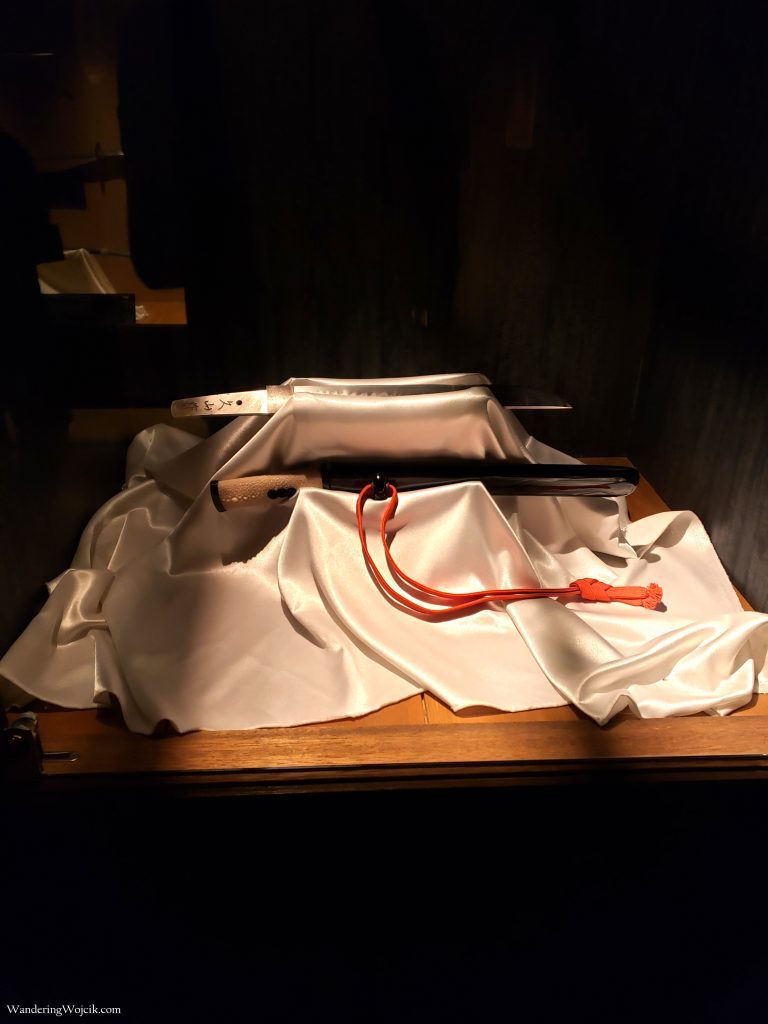
There was also a focus on the helmets, or ‘kabuto’ worn by the samurai. Once again, every detail had its purpose, and some helmets were worn by not only warriors, but by men in different professions, such as a fire fighter.
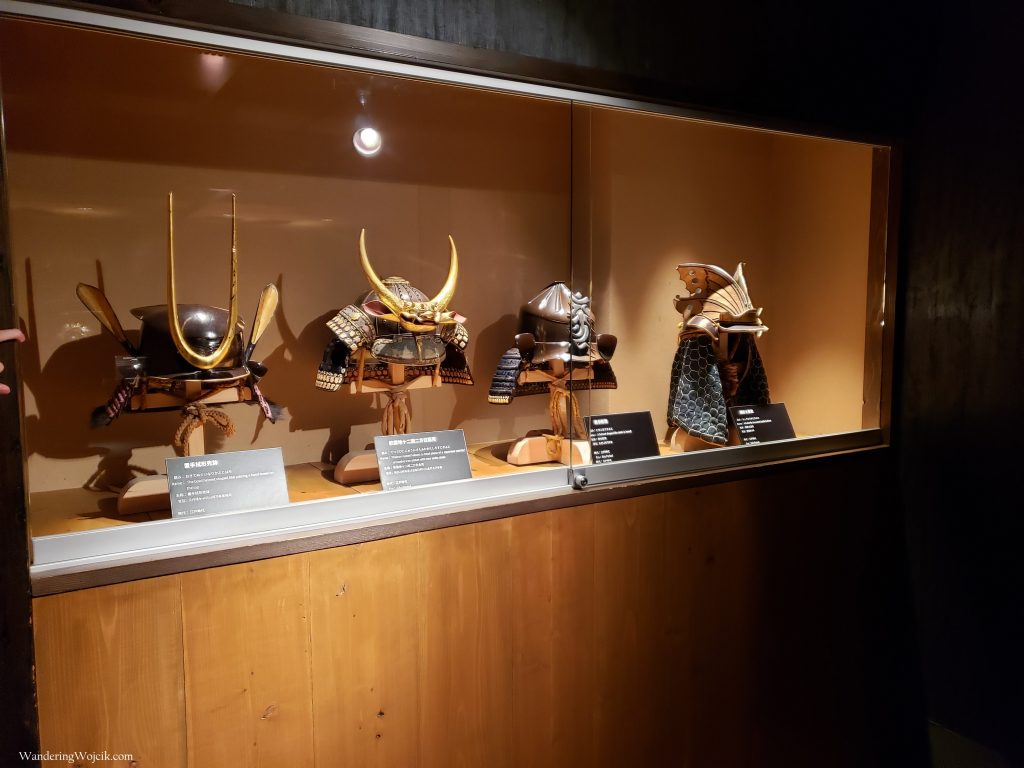
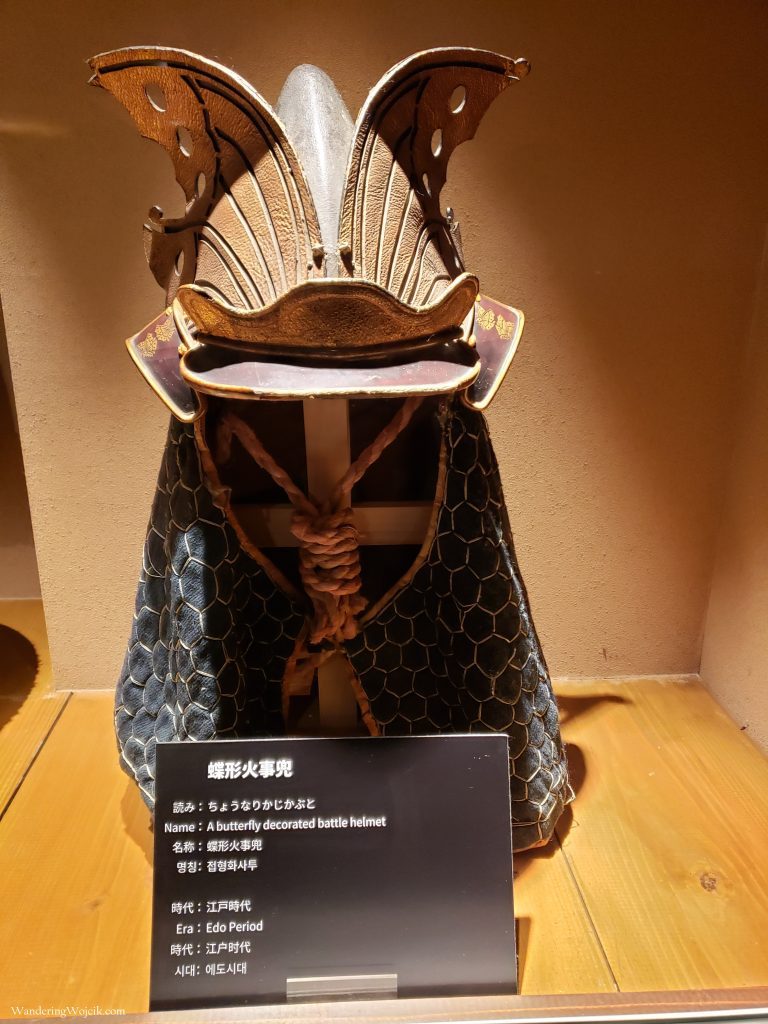
Of course, when the Portuguese came to Japan, they brought with them their guns. When the Japanese saw this, they ordered their sword makers to replicate the guns made by the Portuguese, which they were able to do successfully. As a result, the guns used by the Japanese were not imported, but rather made in Japan, something I thought was quite interesting. They were able to craft a few different styles, from musket like guns for attacking people, to stronger hand cannons for attacking castle walls, and even a mortar style weapon to be fired from afar.
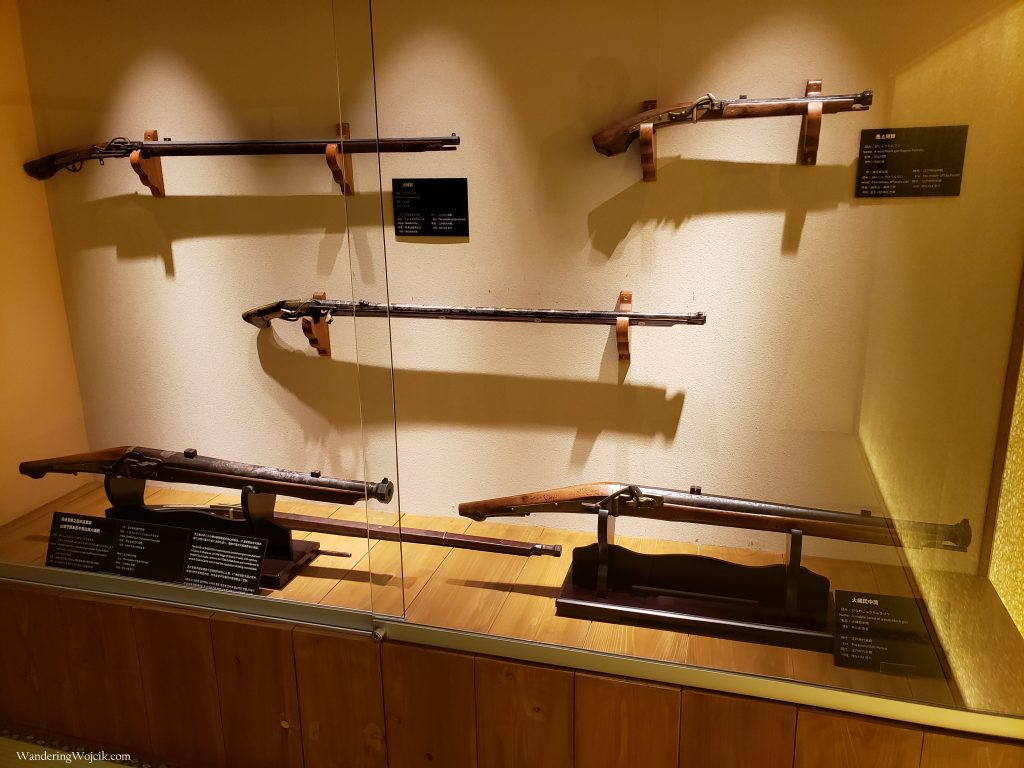
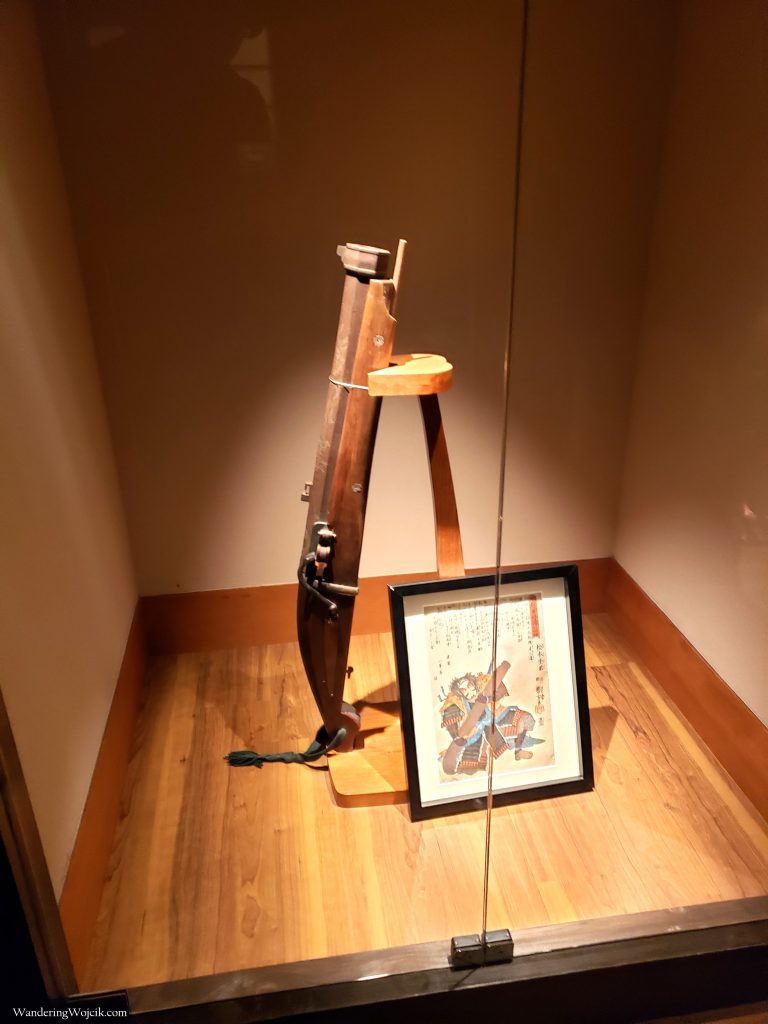
Since Japan was closed off to most of the world for so long, the society and technology evolved in a different way. Because of this, when Commodore Matthew Perry traveled to Japan to negotiate the opening of their borders, the Japanese were awe stricken at the technology used in the steamboat he and his men used to travel. Not wanting to be left behind the rest of the world, Japan agreed to open their borders, and a divide between those embracing western technology and Japanese traditionalists was created. Because warriors who sided with the west had the advantage of faster firing revolvers, it didn’t take long for the samurai who were still using muskets to be wiped out. And thus, the end of the samurai, and the end of the tour for us.
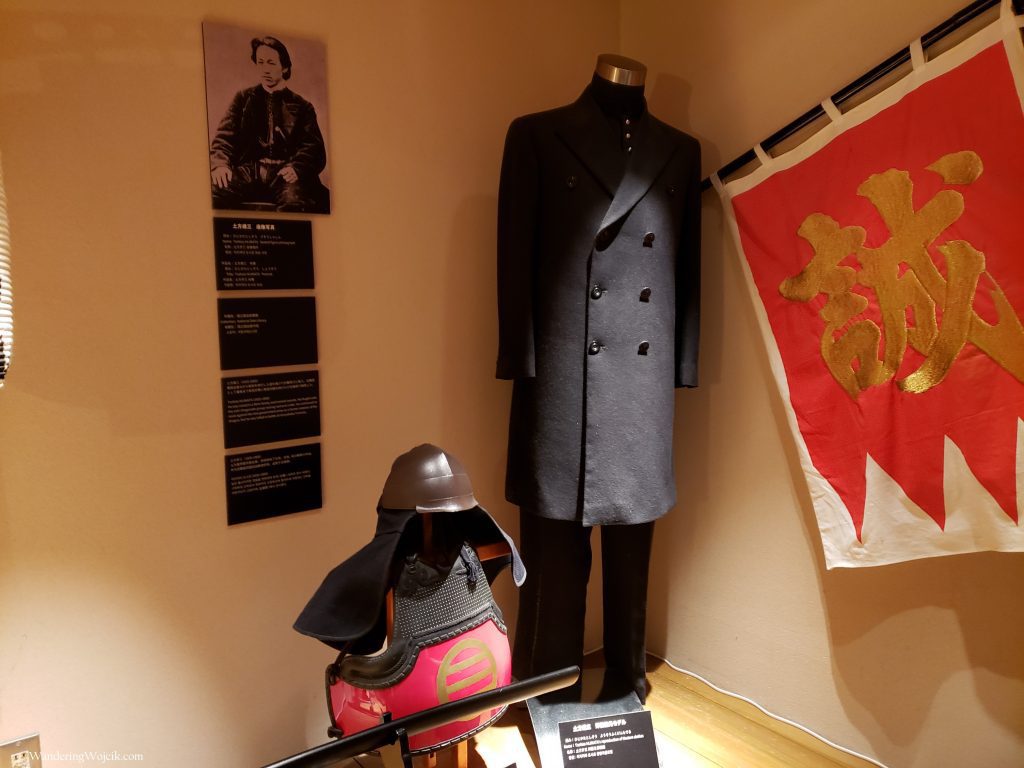
I thoroughly enjoyed walking through the samurai museum. If given the chance, I would highly recommend going, and taking the tour if possible. They also put on several shows earlier in the day which sounded interesting (we came later, so we unfortunately missed out). I must say, this experience has left me curious to learn more about Japanese history. Perhaps this will influence my future ventures here.
